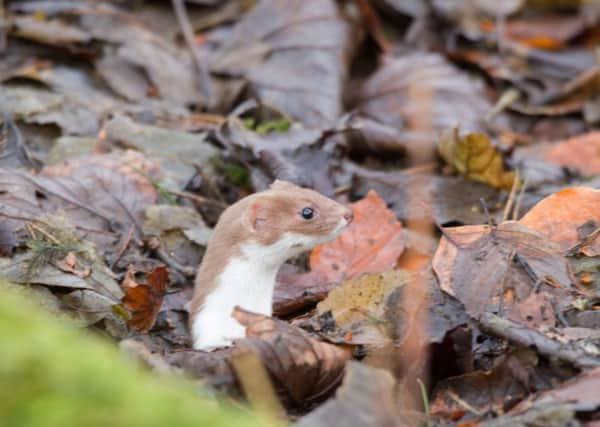From o'erswak to whutterick-fuffing: 10 old Scots nature words that deserve to return to common usage


In 2015, this collective of concerned writers and artists wrote an open letter to Oxford University Press criticising the changes, and it was during this process that Macfarlane and Morris decided to collaborate on The Lost Words. In it, Macfarlane took a selection of words which had been ditched by the OJD – bramble, heron, lark and otter among them – and wrote acrostic poems about each, supported by Morris’s evocative illustrations. In his introduction, Macfarlane doesn’t describe his poems as poems but as spells, “spells of many kinds that might just, by the old, strong magic of speaking aloud, unfold dreams and songs, and summon lost words back into the mouth and the mind’s eye.”
The Lost Words is a wonderful book, and the motives behind it unimpeachable. However, from the perspective of the beleaguered Scots tongue, all this drama over a few nature words getting deleted from a single kids’ dictionary might have seemed a little overblown. After all, it’s not as if these words are being removed from the grown-up version of the Oxford English Dictionary; they will continue to be part of a language spoken by roughly 20 per cent of the world’s population for the foreseeable future, and it seems likely that, in ten years’ time, when the English-speaking school kids of today have become English-speaking adults, most of them will still know what a blackberry is.
Advertisement
Hide AdAdvertisement
Hide AdBy contrast, how many kids growing up in Scotland today will know what a black-blutter is by 2028? Or a jacky-forty-feet? Or a sinnie-fynnie? These words (meaning blackberry, centipede and black guillemot respectively) all appear in Amanda Thomson’s new book, A Scots Dictionary of Nature, published by Saraband. A visual artist rather than a lexicographer, Thomson was inspired to complete this magical compendium after picking up a copy of Jamieson’s 1846 Dictionary of the Scots Language in a second-hand bookshop. “This old dictionary made me begin to wonder about lost connections to land and place,” she writes, “and perhaps even ways of seeing and being in the world.”
The idea that the best way to get a feel for a place is through the words and phrases used by people who live there is nothing new. Macfarlane’s own Landmarks book of 2015 set out to do much the same thing, but with reference to idiosyncratic landscape words from all over the UK, and during the Scottish Renaissance Hugh MacDiarmid famously tried to revive old Scots nature words like watergaw and yowdendrift by writing poems in “synthetic Scots.”
Language tends to evolve in a cruelly Darwinian way, with unloved words slowly falling out of fashion while new coinages become popular overnight, and trying to reclaim lost or forgotten words just for the sake of it feels like swimming against the tide. As MacDiarmid proved, however, there’s nothing wrong with plucking a word from obscurity if it perfectly expresses what you are trying to say, and Thomson’s book is full of words and expressions which, although not in common usage now, seem ripe for reappropriation.
After all, can there be a better word in any language to describe the noise of a wave breaking on the beach than o’erswak? Or a better word for loose stones lying on a hillside than sclithers? Or a better, more casually dismissive word for a light dusting of snow than a peuchling? And if there’s a more evocative word than sleech to describe the black ooze formed by decaying seaweed at the high-tide line of a beach, I’d very much like to hear it. Finally, I’ve never had the pleasure of seeing a gathering of weasels with my own eyes, but I’m pretty sure a whutterick-fuffing is a spot-on description of that, too. n